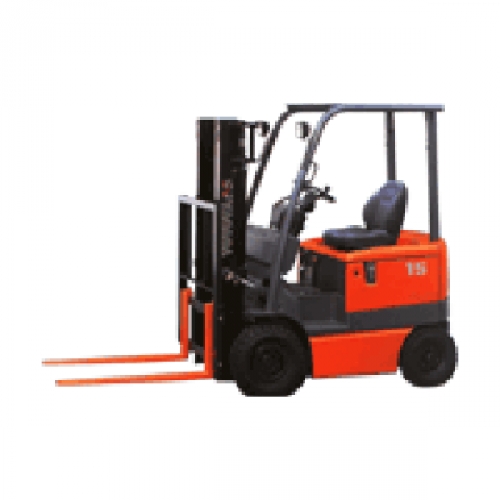In the bustling world of warehouses, manufacturing plants, and logistics hubs, a silent workhorse plays a pivotal role— the forklift. Often regarded as the backbone of material handling, a forklift is a specialized industrial vehicle designed for lifting, moving, and transporting heavy loads with efficiency and precision. Let’s delve into the fundamental aspects that define what a forklift is and its indispensable role in various industries.
1. Forklift Components: At its core, a forklift consists of several key components that collaborate seamlessly to execute material handling tasks. These include a chassis, mast, forks, counterweight, and a power source. The chassis serves as the main frame, housing the engine and transmission. The mast, a vertical assembly, supports the lifting mechanism, and the forks, or prongs, are attached to the mast for lifting and carrying loads. The counterweight, typically located at the rear, balances the weight being lifted, ensuring stability. Forklifts can be powered by various sources, including electric batteries, internal combustion engines (gasoline, diesel, propane), or a combination of both.
2. Types of Forklifts: Forklifts come in various types, each tailored to specific material handling needs:
- Counterbalance Forklifts: The most common type, with a weight distribution system to counterbalance the load.
- Reach Trucks: Designed for narrow aisles and high shelves in warehouses.
- Pallet Jacks: Manual or electric for moving palletized loads over short distances.
- Order Pickers: For efficient order fulfillment by elevating the operator to pick items directly from shelves.
- Rough Terrain Forklifts: Equipped with sturdy tires for outdoor and uneven surfaces.
3. Functions and Applications: The primary functions of a forklift include loading and unloading goods from trucks and containers, stacking and organizing products in warehouses, transporting materials within industrial facilities, moving heavy machinery, and assisting with inventory management. Its applications span across industries, including manufacturing, warehousing, construction, retail, and logistics, making it an indispensable tool for optimizing operational workflows.
4. Importance in Industry: Forklifts contribute significantly to the efficiency, productivity, and safety of various industries. They enable quick and precise movement of goods, reduce manual labor, and enhance overall material handling processes. The versatility of forklifts allows businesses to maximize storage space, streamline supply chain operations, and meet the demands of a dynamic and fast-paced business environment.
Conclusion: In essence, a forklift is not just a machine; it’s a powerhouse that propels the wheels of industry forward. Its ability to lift and transport heavy loads with precision makes it an invaluable asset in the world of material handling. Understanding what a forklift is and appreciating its role sheds light on the indispensable nature of this industrial workhorse, ensuring the smooth flow of goods and materials that drive the gears of modern commerce.

